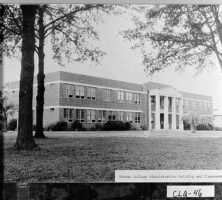Colquitt County, in south Georgia, was established in 1856 on lands ceded between 1814 and 1818 by the Creek and Seminole Indians. The state’s 115th county, it was created from parts of Thomas and Lowndes counties and named for Walter Terry Colquitt, an attorney, judge, circuit-riding Methodist preacher, and statesman who served Georgia in the state senate, U.S. Senate, and U.S. Congress.
Maps of Colquitt County drawn just seven years after its creation show only two communities, Greenfield (no longer extant) and Moultrie (formerly known as Ochlockney), today the county seat. A number of other communities have come and gone, leaving seven incorporated towns: Berlin, Doerun, Ellenton, Funston, Moultrie, Norman Park, and Riverside.
The courthouse in Moultrie is the county’s fourth. The second burned in 1881 and was replaced with a two-story wooden structure. The current courthouse was built of marble in 1902, and over the years it was remodeled, restored, and expanded. In 1980 it was added to the National Register of Historic Places.
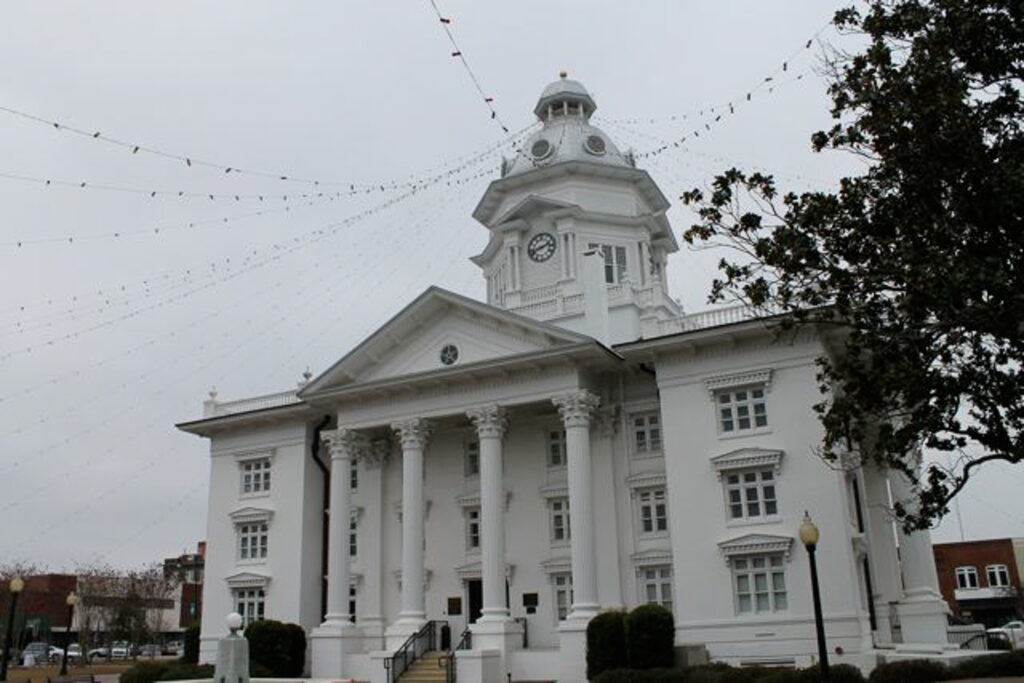
Courtesy of Don Bowman
The region was uninviting at first for settlement. Early maps label it as “Piney Wastes” or “Pine Barrens,” descriptive of the miles and miles of sandy soil then supporting only yellow long-needle pine forests used mainly as a buffer zone between the Creeks and the Seminoles.
Realizing that the soil would not support cotton, the first white settlers started making use of the forest. They cleared land, shipped out the lumber, and harvested pine gum for turpentine. Wood and turpentine were both used in shipbuilding, and thus the region became known as a rich source of naval stores. The arrival of a number of railroads after the Civil War (1861-65) provided both a demand for timber to use as crossties and a method to transport Colquitt’s products to the rest of the country, thus improving the economic situation of the area. Large sawmills were set up along the railroad, attracting many people seeking employment.
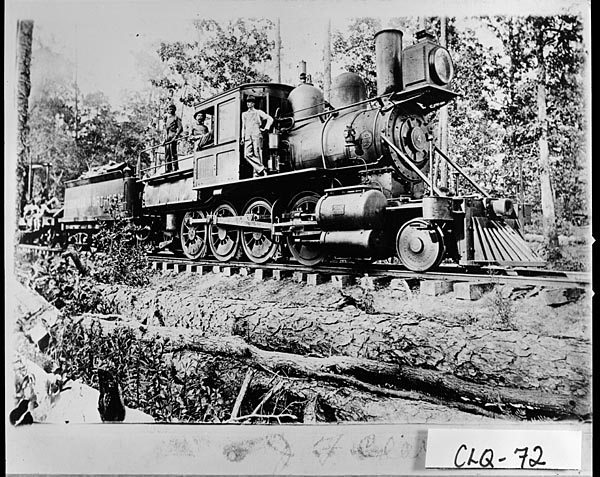
Courtesy of Georgia Archives.
By 1910 it became apparent that the forests were disappearing into the sawmills and turpentine stills, leaving abundant tracts of “cut over” land. The county’s first farm agent helped develop a farsighted crop-diversification system known as the “Colquitt County Plan.” This five-year method served as a model for the U.S. Farm Security Administration during the Great Depression, earning the county well-deserved national renown for its progressive planning. Colquitt is still known for its diversity of agricultural crops, among them cattle feed, cotton, peanuts, sugar cane, watermelon, corn, wheat, and other grains.
During the subsequent decade, the county added livestock ranching and meat processing and packing to its economic quiver, as well as tobacco cultivation in 1925. As the century moved along, small farms gave way to huge operations employing numerous farmhands. In 1935, within weeks of the creation of the national Rural Electrification Administration, local leaders established the Colquitt County Rural Electric Company. Soon, Colquitt County was among the first in the country to provide electricity to rural homes and farms.
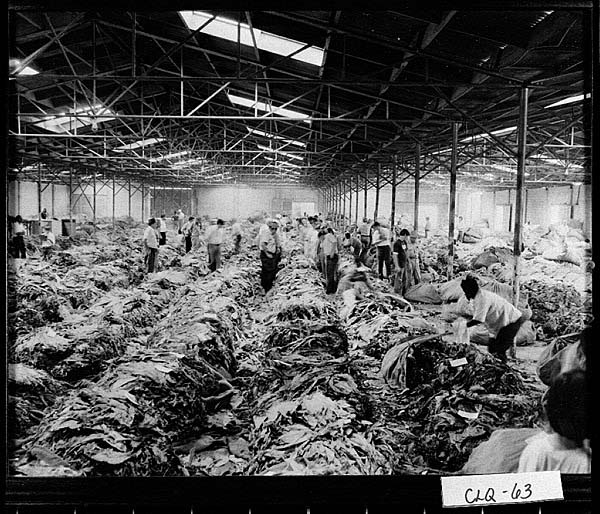
Courtesy of Georgia Archives.
When Spence Field, a military airfield from the World War II (1941-45) era, closed in the 1960s, the city of Moultrie bought it and made the site and facilities available for various conferences, fairs, and shows, among them the annual Sunbelt Agricultural Exposition, the world’s largest farm expo with on-site field demonstrations. Among other accomplishments of the 1960s and 1970s were the founding of the Moultrie Area Vocational-Technical School (later Southern Regional Technical College) and the consolidation of all high schools in the county. As in many districts across the state, Colquitt’s schools were desegregated in the 1970s under court order.
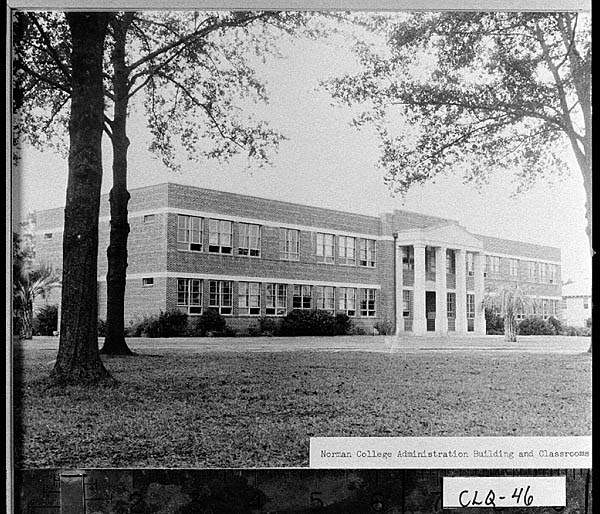
Courtesy of Georgia Archives.
Brewton-Parker College extension at Norman Park offers a core curriculum associate degree and education-related bachelor’s degrees. The extension is housed at the Georgia Baptist Conference Center in NormanPark, which is the former home of Norman College. Moultrie Technical College serves both traditional and nontraditional students and offers associate degrees in such applied sciences as accounting, early childhood care, and Internet programming. Of the college’s five campuses, two are in Colquitt County (both in Moultrie).
Notable county residents include U.S. senator Saxby Chambliss and Charles M. Duke, a lunar-module pilot for the Apollo 16 space mission and the tenth man to walk on the moon. Duke received his first flight training at Spence Air Base.
Notable places in Colquitt include the Moose Moss Aquatics Center in Moultrie, which has long produced world-class swimmers and was the training site for the 1996 Olympics. Reed Bingham State Park comprises 1,613 acres, including a 375-acre lake, and is used for picnics, camping, hiking, birding, water sports, and fishing. Half of the park lies in Colquitt County, while the other lies in neighboring Cook County. Five hunting preserves—for deer, dove, duck, quail, and turkey—are also found in the county.
According to the 2020 U.S. census, the population of Colquitt County is 45,898.










